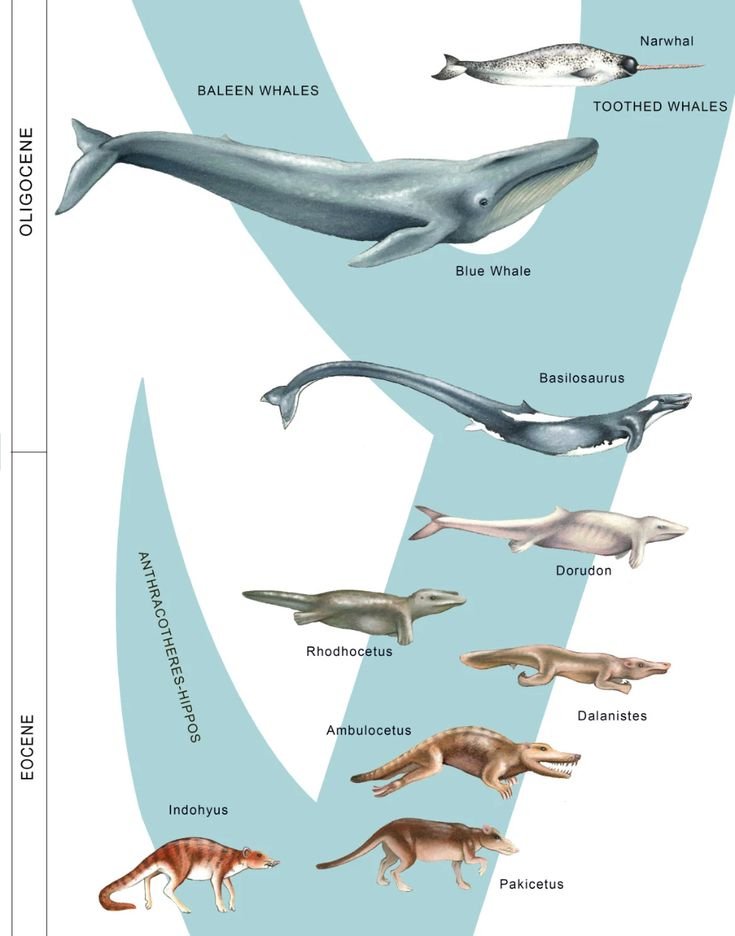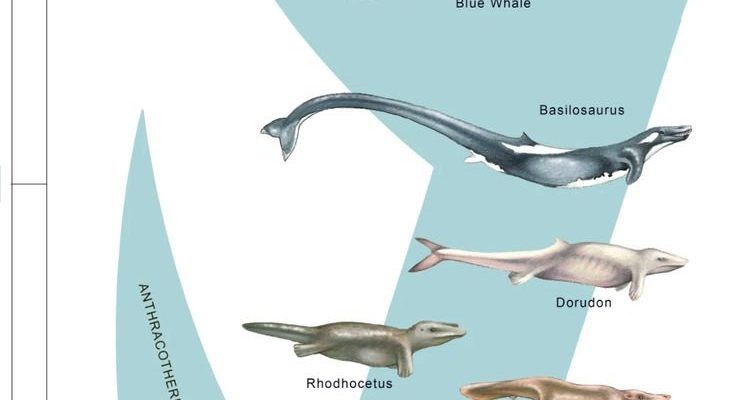
The blue whale’s evolutionary journey is a fascinating tale of adaptation and survival. It’s not just about their size but how they got here in the first place. Let’s dive into this ocean of history and explore how these gentle giants came to dominate the seas.
The Origins of Whales
To understand the blue whale’s evolution, we need to take a trip back in time—about 50 million years ago. It might surprise you to learn that whales actually share a common ancestor with land mammals. Yes, our friendly neighborhood blue whale evolved from creatures that walked on land! Picture a small, deer-like animal, the size of a wolf, known as *Pakicetus*. This creature was the first step towards the whale we know today.
As these species began to explore aquatic life, they underwent significant changes. Over millions of years, their bodies transformed. Their legs turned into flippers, allowing them to swim gracefully. This transition wasn’t just about looks; changes in their lungs and skin made them more suited for life in the water. Honestly, it’s like nature’s own magic trick!
Key Evolutionary Steps
Several key adaptations helped shape the whale lineage:
- Hind Limbs Diminishing: As whales became more aquatic, their hind limbs started to shrink and eventually disappeared. Who needs legs when you have powerful flippers?
- Streamlined Bodies: Their bodies evolved to be more streamlined, reducing drag as they moved through the water. Think about how a well-designed boat glides effortlessly over waves.
- Blubber Development: Thick layers of blubber formed to provide insulation in cold ocean waters. This helps blue whales maintain their body temperature in frigid depths.
These adaptations were essential, and they set the stage for the arrival of modern whales, including the blue whale.
The Rise of the Blue Whale
Fast forward to about 1.5 million years ago, and the first blue whales began to make their grand entrance. Scientists believe they branched off from a common ancestor with other baleen whales, like the humpback or gray whale. It’s as if they took a family photo, and the blue whale took center stage, showing off its impressive size!
What’s really cool is that the blue whale’s feeding method also evolved during this time. They developed a remarkable way to consume vast amounts of food through their baleen plates. Picture a giant filtering system that allows them to eat enormous swarms of tiny krill. Just like you might use a strainer to rinse pasta, blue whales filter their meals from the ocean.
Physical Characteristics
Now, let’s talk about what really makes the blue whale stand out. Beyond its sheer size, there are some interesting features worth noting.
– Coloration: The blue whale is not actually blue but has a bluish-gray hue with lighter spots. Imagine a gentle watercolor painting of the ocean; that’s the vibe they give off.
– Blow: When blue whales surface to breathe, they expel a tremendous water spout. This can reach heights of up to 30 feet! It’s like watching a natural fountain in the ocean.
– Heart Size: Have you ever heard that a blue whale’s heart is the size of a small car? It’s true! This heart is vital to pumping blood through those massive bodies, illustrating how nature accommodates size.
Each of these traits plays a significant role in their survival and adaptation to a marine environment.
Behavior and Social Structure
Blue whales are often seen alone or in small groups. This might seem lonely, but it allows them to cover vast territories while searching for food. They’re not the social butterflies of the ocean, but they do communicate using low-frequency calls that can travel long distances underwater. You might be wondering how they find each other in such vast spaces.
These vocalizations serve many purposes, from mating calls to helping locate others in their species. It’s a bit like sending out a text message to friends when you’re trying to meet up.
Migration Patterns
Blue whales are also known for their impressive migration patterns. They typically spend summers in cooler waters, where food is abundant, and then migrate to warmer areas to breed during the winter. This migration is a fascinating example of how they adapt to their environment, ensuring they always have access to food and safe breeding grounds.
Conservation and Today’s Challenges
As impressive as they are, blue whales are not without their struggles. Historically, they faced severe threats from whaling, which drastically reduced their populations. Even today, they encounter challenges like ship strikes, entanglement in fishing gear, and climate change.
Today, blue whales are classified as endangered. Conservation efforts are crucial to ensuring their survival. Protecting their habitats, creating shipping lanes that avoid whale migration paths, and enforcing fishing regulations can help them thrive once again.
The Blue Whale’s Legacy
The blue whale isn’t just an extraordinary animal; it’s a symbol of our oceans’ health. Its presence in the marine ecosystem helps maintain balance. As top filter feeders, they play a role in nutrient cycling, supporting other marine life.
You might think of blue whales as ancient mariners, navigating our oceans and holding stories of our planet’s past. Understanding their journey helps us appreciate the delicate balance of life and the importance of conservation.
In conclusion, the evolutionary journey of the blue whale is a remarkable tale of transformation, resilience, and adaptation. From its land-dwelling ancestors to the majestic creature we see today, the blue whale’s story is one of nature’s wonders. Let’s continue to protect and learn from these gentle giants—after all, they’ve been part of our planet’s story for millions of years!

